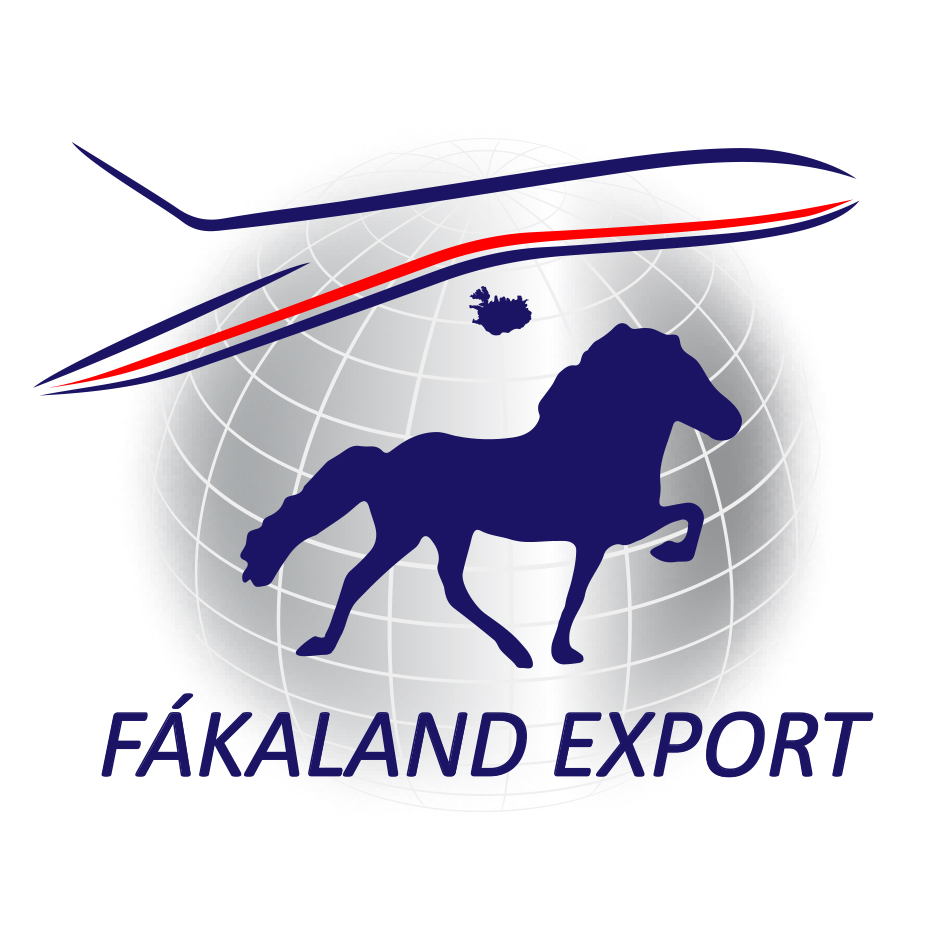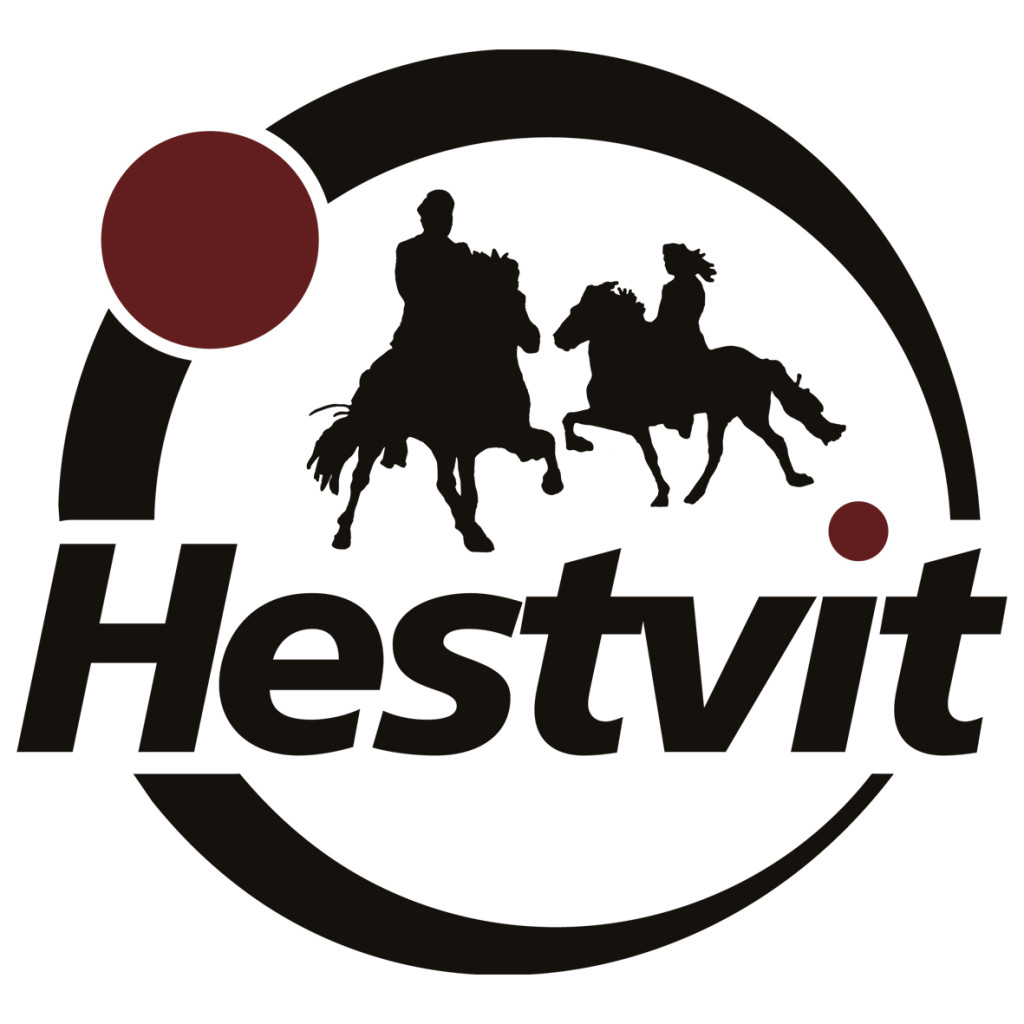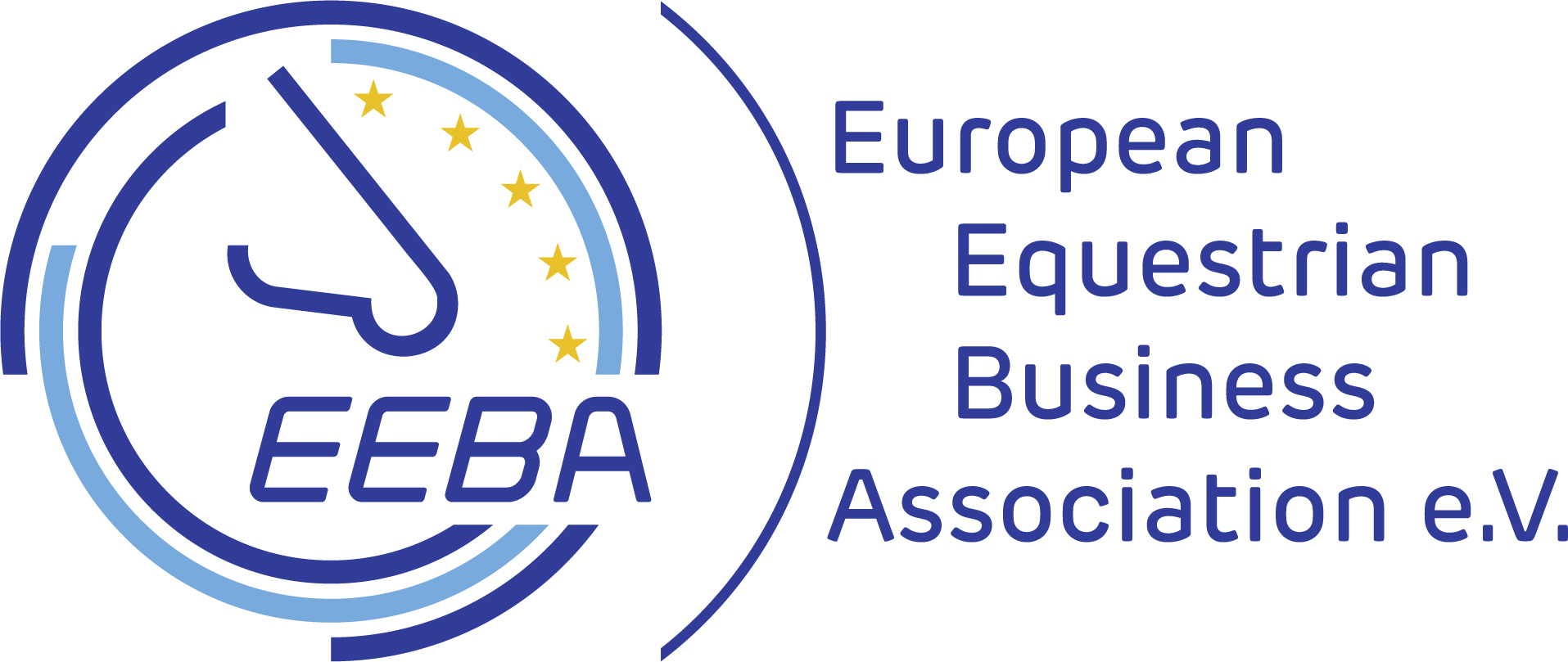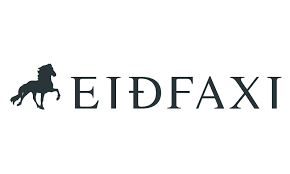“Simply put, brand equity describes the awareness and image of a brand. How consumers perceive the brand depends on what kind of image associations they have towards it,” explains Hrafnhildur Helga Guðmundsdóttir. She received a 10, the highest possible mark, for her master thesis on the development of the brand value of the Icelandic horse in marketing and international business at the University of Iceland. Her results indicate that the Icelandic horse has a relatively high brand equity as awareness of it is strong and its image positive.
Her project was twofold: Firstly, to analyse HOI’s positioning, and secondly, to determine whether the image is in compliance with HOI’s positioning of the Icelandic horse in foreign markets, by means of a survey. The survey, which was carried out last year, concluded that the vast majority of participants, or 97%, were aware of the Icelandic horse. Positive brand associations turned out to be strong and mostly consistent with marketing strategies.
A questionnaire was distributed among international horse owners on Facebook and 2,342 responded to the questions. When they first decided to participate in the survey, they did not know that it had anything to do with the Icelandic horse. Participants came from 50 different countries which were divided into six market areas. A large portion of the participants, or 41.9%, owned an Icelandic horse or horses, and 14.8% had access to an Icelandic horse or horses. Overall, the participants’ perception of the Icelandic horse was positive and their image of the breed correlated mostly with these aspects. The most positive brand associations were with gaits, characteristics and power. The associations with ruggedness and size also turned out to be strong, which may not necessarily be negative.
Almost half, or 44% of participants, mentioned gaits specifically, mainly tölt and pace. “Foreign horse owners seemingly perceive the Icelandic horse according to HOI’s positioning although there are some associations with the ‘pony label’ in few market areas. The lack of a support network appears to be a hinderance in some countries, especially regarding the education and knowledge necessary to maintain the unique qualities of the Icelandic horse,” states Hrafnhildur.
The Icelandic horse’s image is strongest in Germany and Scandinavia (which have the highest number of Icelandic horses outside of Iceland) but weakest in the UK. Hrafnhildur believes two factors may explain this weak image: “The strong classic riding tradition of larger horse breeds which persists in the UK presents an entry barrier, as well as remnants of the image most likely connected with the export of Icelandic horses to the UK for mining purposes in the 19th century, as one can assume that the worst horses were sold to the mines.”
Hrafnhildur remarks that younger participants in the UK were more positive and open towards the Icelandic horse than older participants, indicating that there are opportunities on the British market. “Especially in light of the geographic proximity to the Icelandic horse’s main markets and to support in form of education and social network.” She adds: “The results also suggest that recruitment from groups currently not involved in horsemanship could prove important and it would be sensible to target them more.”
Hrafnhildur concludes: “It is clear that the coordinated marketing strategies for the Icelandic horse which began when HOI was established in 2015 has had positive effects on the awareness and image of the Icelandic horse in the past years. However, there are certainly other factors involved, such as the increased number of tourists coming to Iceland and increased coverage of Iceland on the internet.”
Hrafnhildur supports HOI’s continued marketing plan. “Within the field of marketing it has been proven that constant and coordinated long-term marketing is more likely to be successful than unorganised and intermittent advertising campaigns. In my opinion, HOI should carry on with its good work to keep moving forward on this road to greater exposure of this unique breed.”
Jelena Ohm, HOI project manager, comments: “One of our objectives is to measure the results of our strategies and monitoring the developments in each market area. The participants in the survey on which Hrafnhildur based her results, were unaware that it was connected to the Icelandic horse when they first clicked on it, and it therefore gives us a clear picture of the awareness and image of the breed among international horse owners. It is valuable for us to have these results, not because they were surprising, but because never before have we had statistics on the progress of our marketing activities. Now we also have information on future marketing opportunities for the Icelandic horse. It is clear that the younger generation and newcomers to horsemanship are important target groups and we will focus on them in the coming months.”
Text: Eygló Svala Arnarsdóttir. Photo: Christiane Slawik.
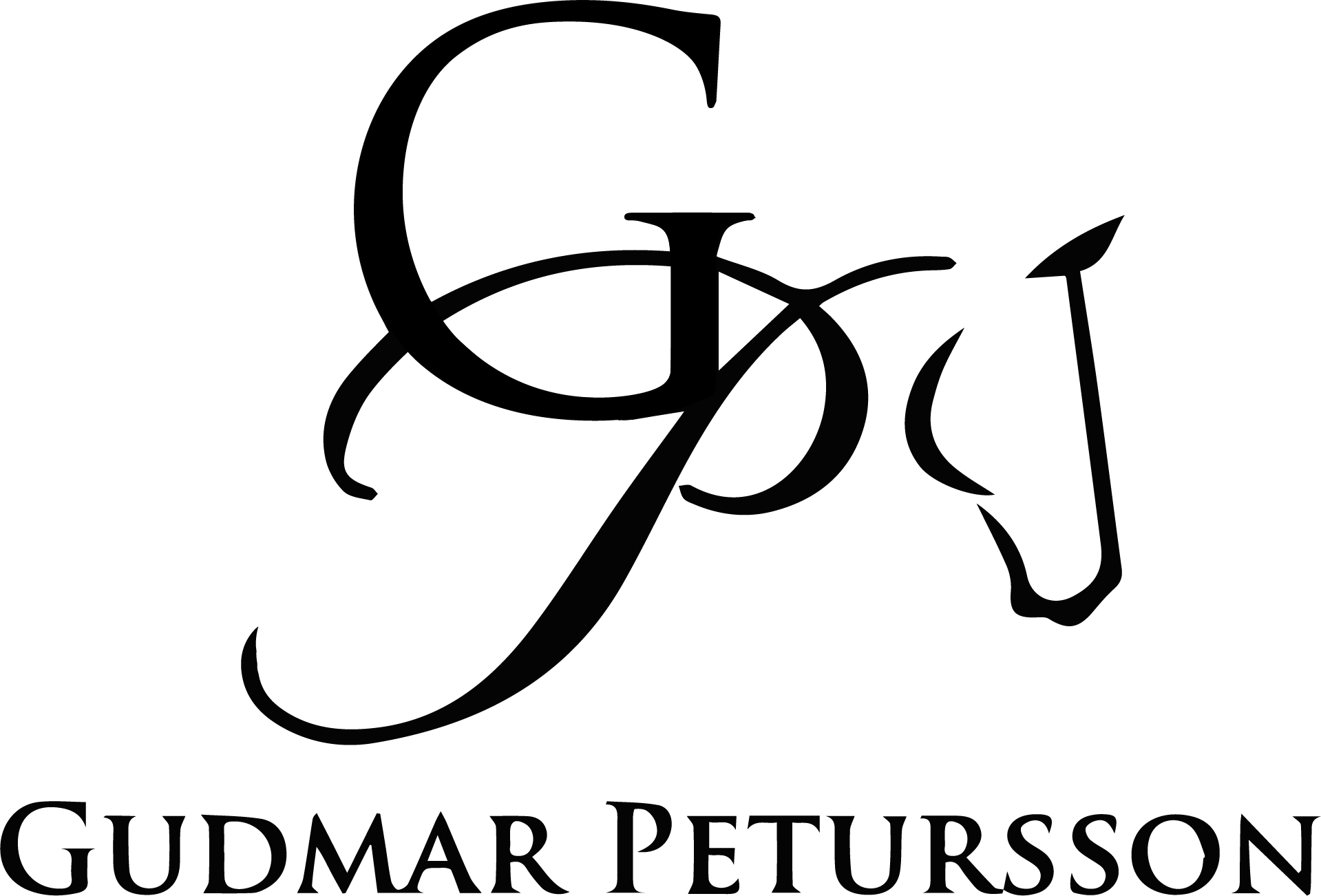
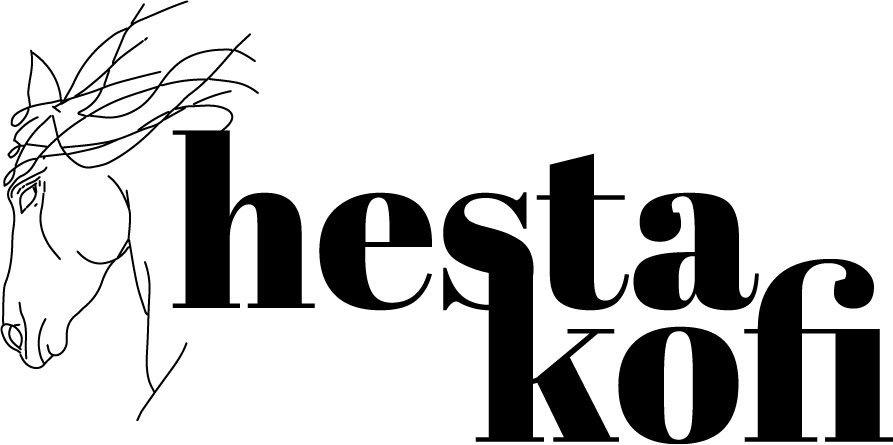
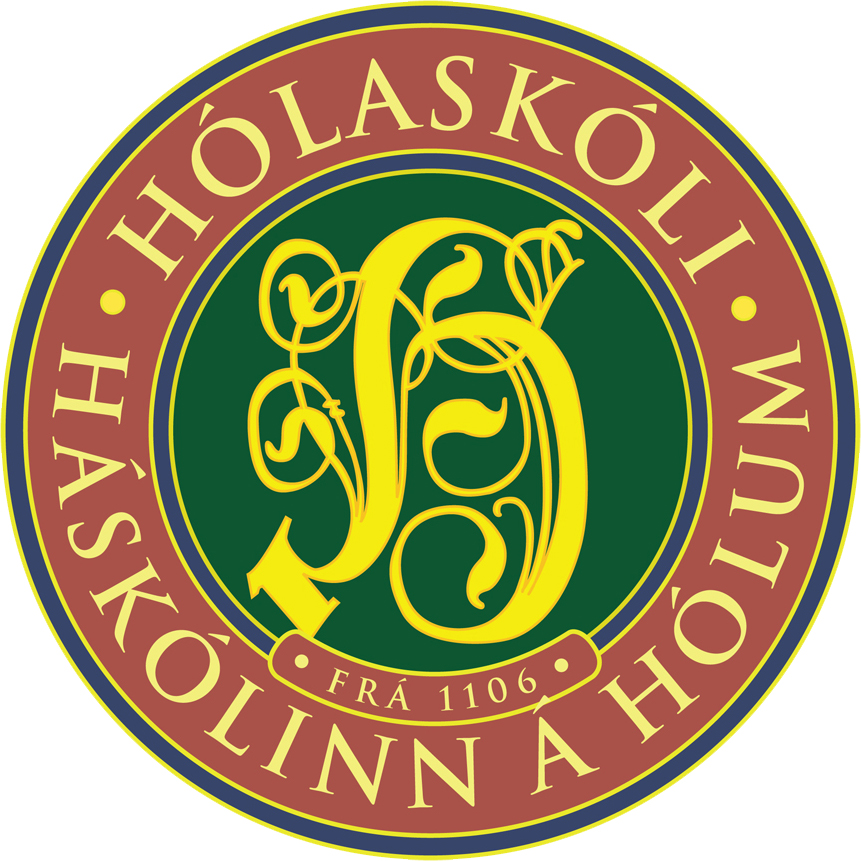
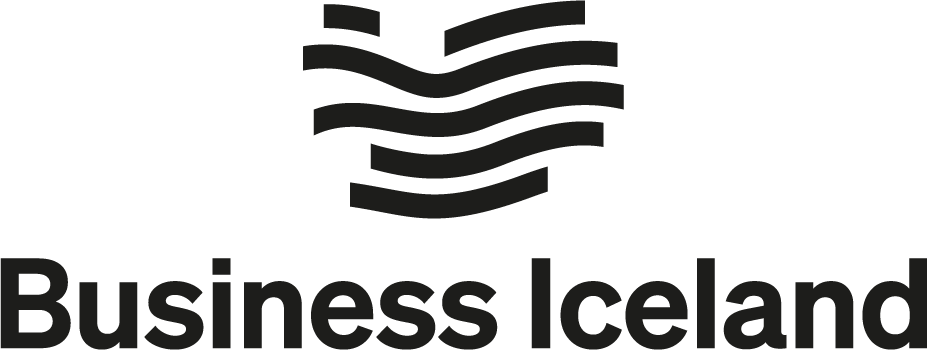


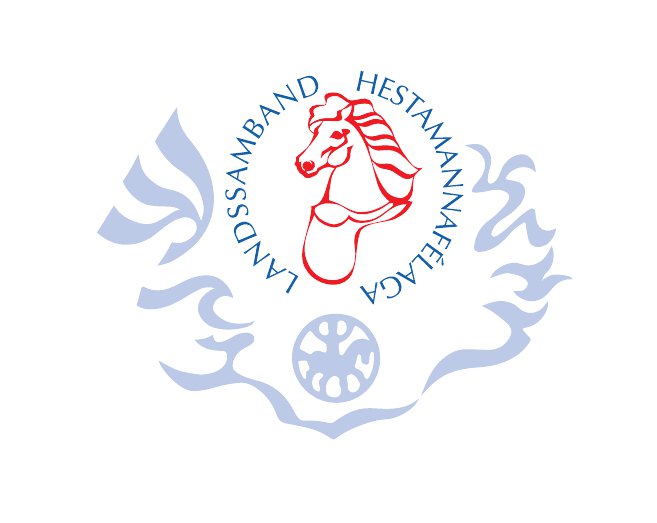

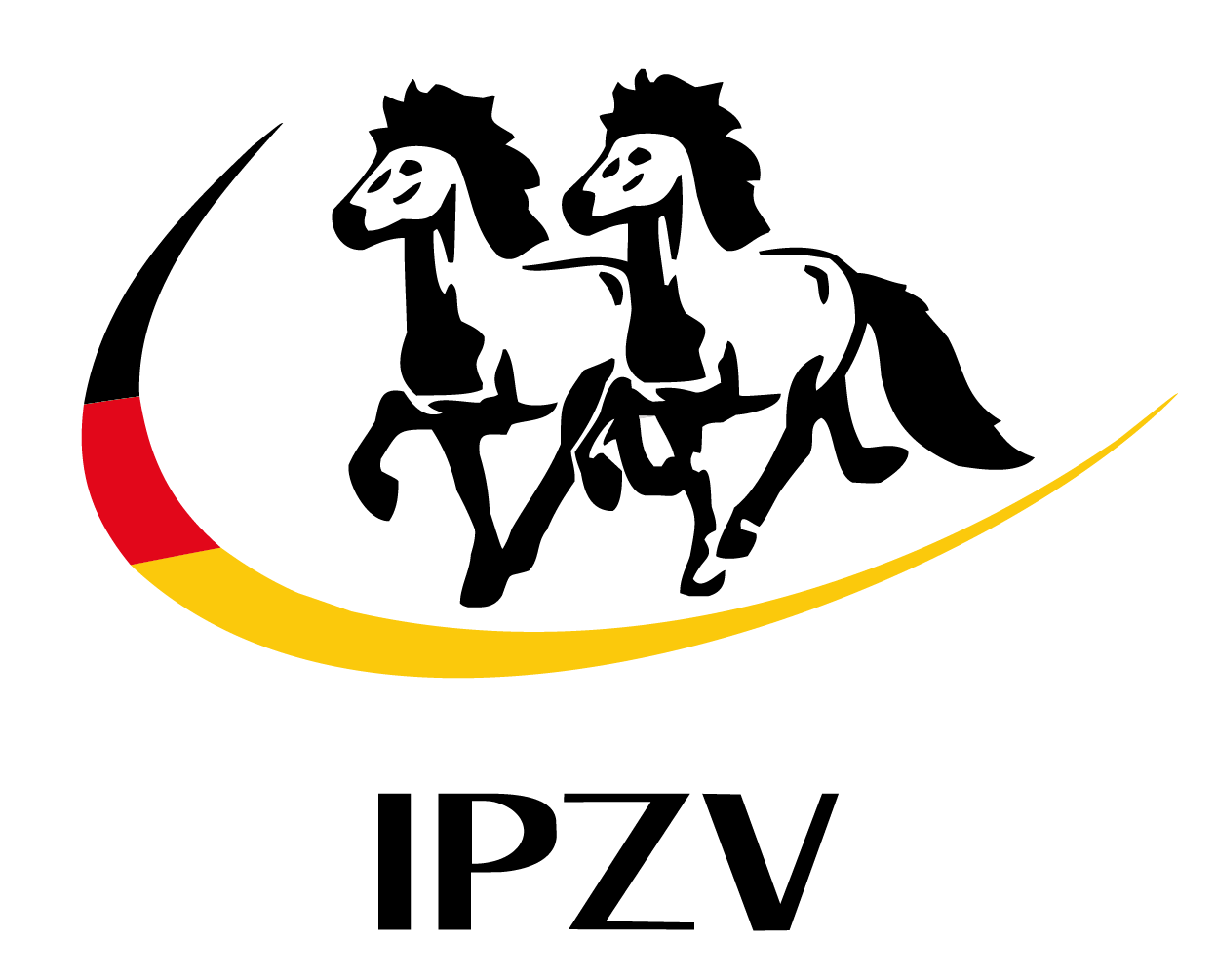

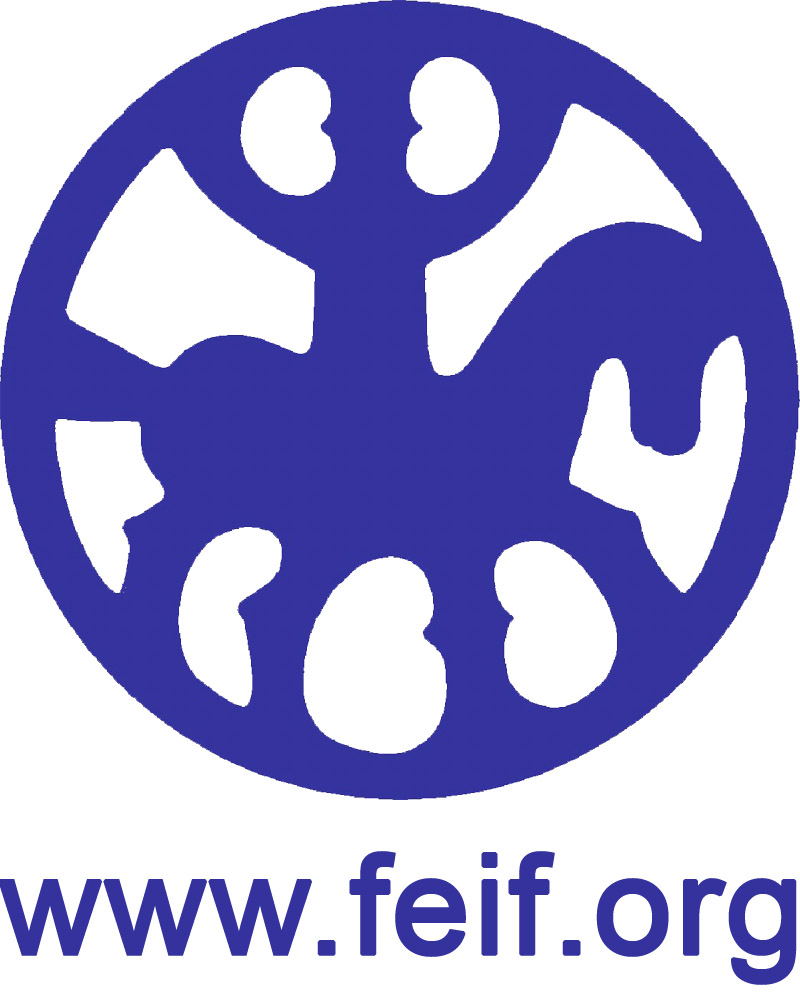
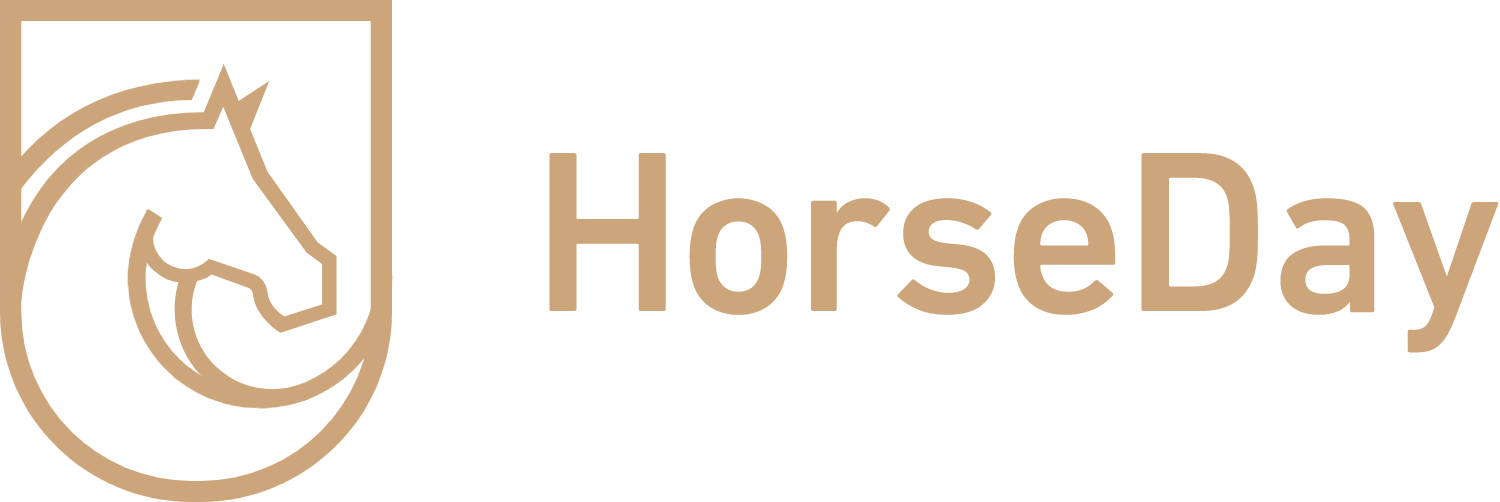
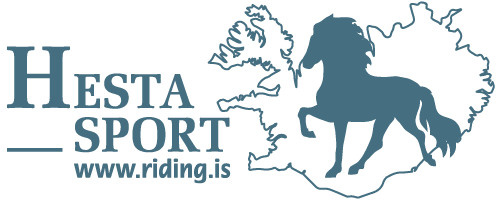

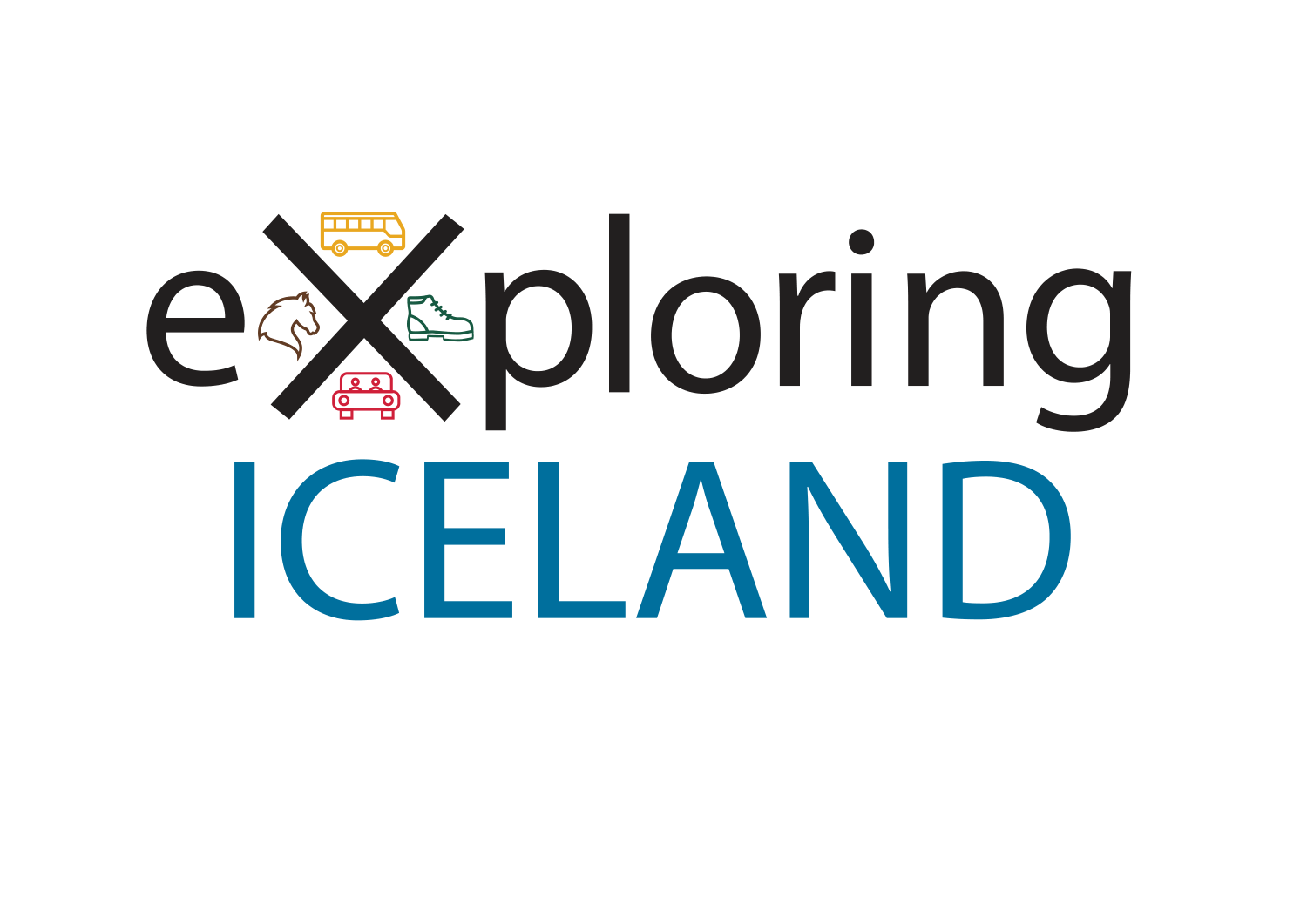
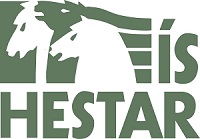
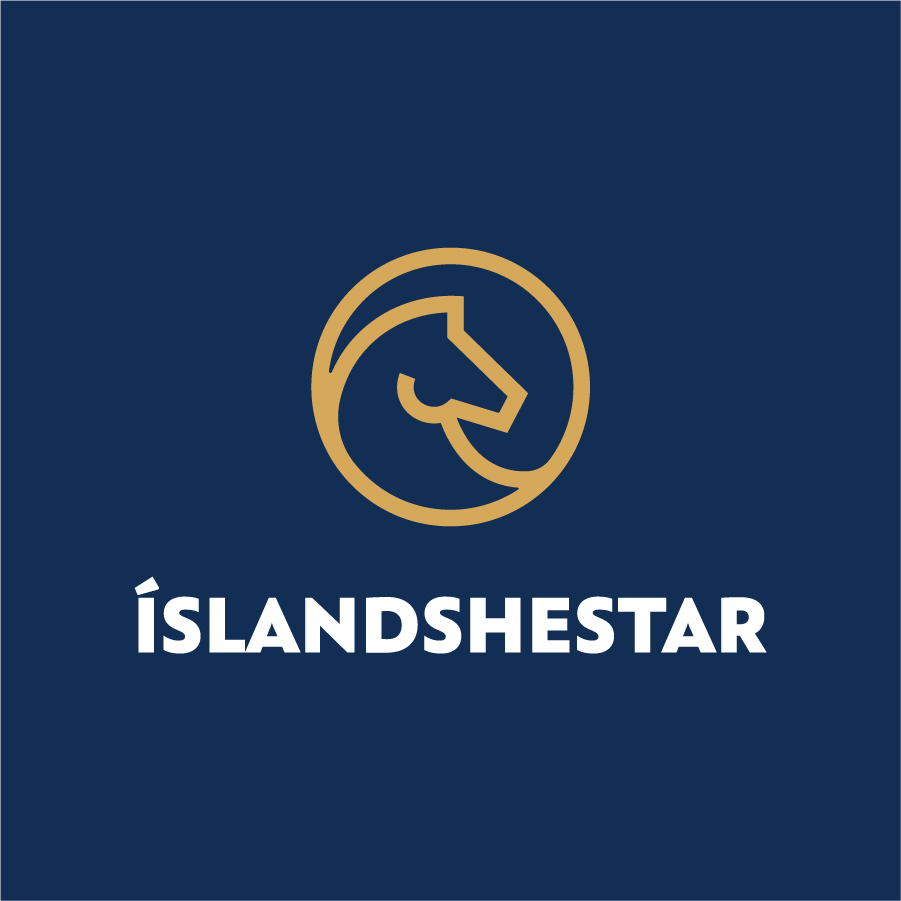
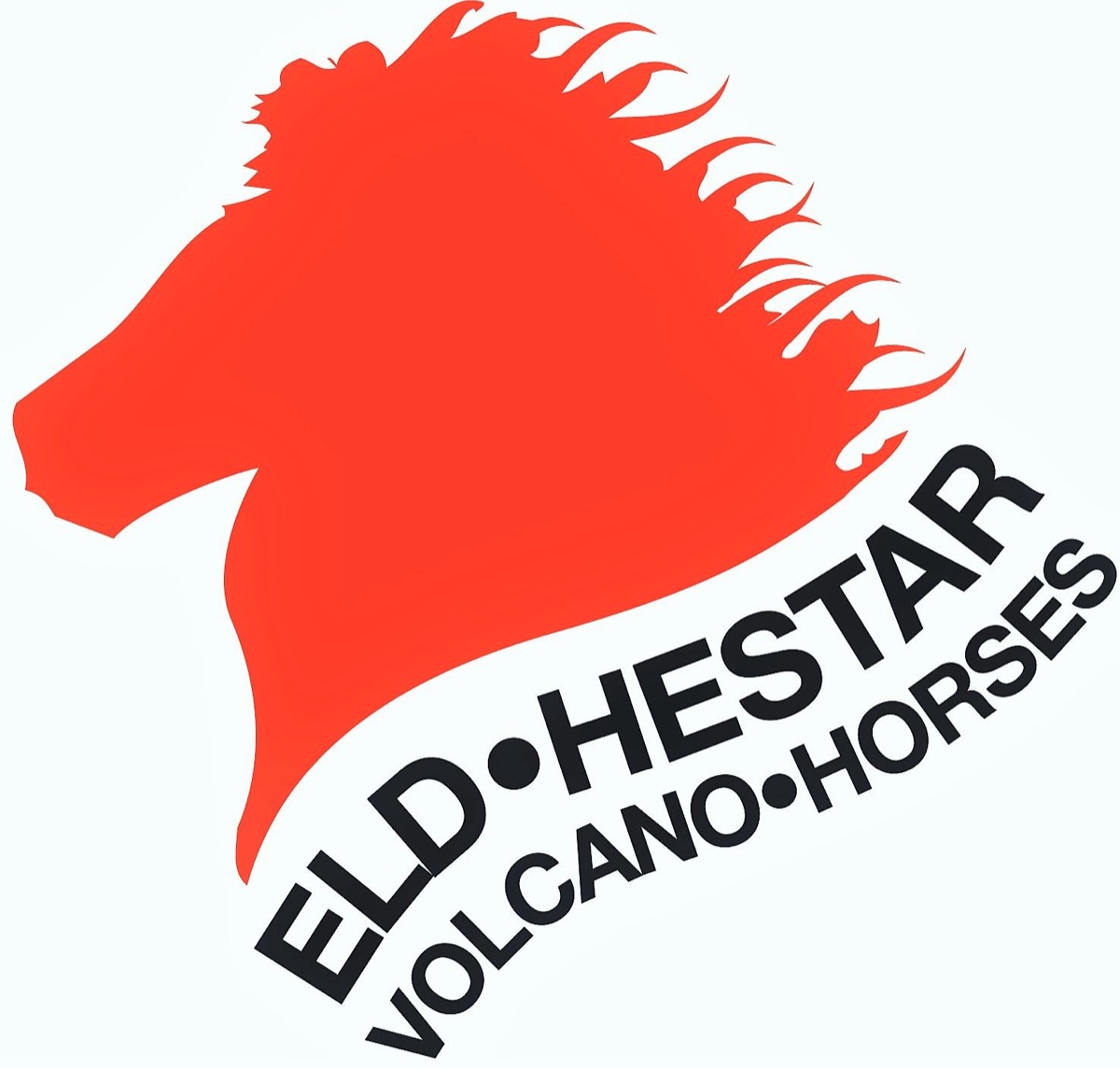
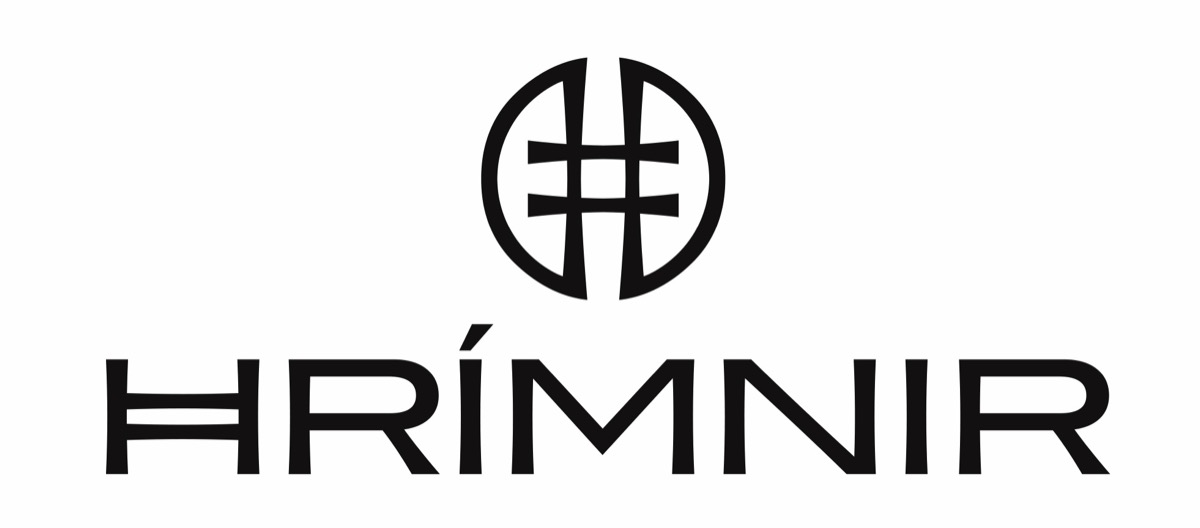

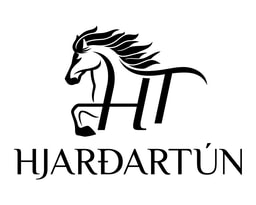
-1.jpg)
